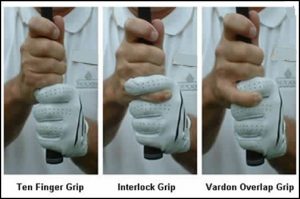Golf is one of America’s oldest pastimes. It has been around for hundreds of years. The game today is much more precise and accurate than it used to be, with apps that track and improve your golf game and trained professionals who can help you execute a perfect rotation which allows you to strike a golf ball for a hole in one. Modern medical institutions even write about how to protect yourself, while playing golf, and then, how to fix yourself once you’ve been injured. There is such a wealth of information out there about golf (See Golf.com, Global Golf, PGA.com, the PGA Tour, and the Golf Channel), it’s no wonder people keep getting better and better at the game.
Pay Careful Attention to Your Swing
Understanding the systems at play, while golfing, can change your golf game entirely. If you focus on each bone, tendon, ligament, and muscle, you will be more aware of what hurts you, what feels good, and how to proceed with play. A golf swing is a gross motor skill that takes repetitive practice to perfect. Because the entire body is used to enable this act, one must ensure the health and strength of each part of the body to avoid future injury.
Correct Your Posture
Your spine should be as straight as possible, while tilting the axis of the upper body forward over the ball. Bend the knees, while positioning your feet shoulder-width apart. Keep your arms straight, and position your hands shown in the pictures below on your golf club. The swing should come from the rotation of your hips/torso, so make sure not to hunch over the ball, or you could hurt your neck and back.




Even the Blow
When striking a ball, the goal is to allow for a steady transfer of power, starting at your feet and ending in your hands. Although the hips play a major role in conducting the full rotation of the swing, it is important to not overemphasize any one part of the body. For example, golfer’s elbow might occur if you try to swing the club with primarily your wrists. Golfer’s elbow strains the muscles on the upper forearm near the elbow. Or, you could throw out your back if you over rotate the hips.
Avoid an Overswing
An overswing causes your muscles to tense up. Your joints face some impact, as well. Overswinging can lead to injury, so it is important to keep a smooth and steady swing instead of an unnecessarily hard swing.

YES!
Golfing can be a fun and exciting sport to play, but you can’t play if you’re injured. Make sure to strengthen your body in a way that benefits your golf swing and pay special attention to your swing posture and golf grip. This will have you well on your way to shooting far under par for a long time to come!
